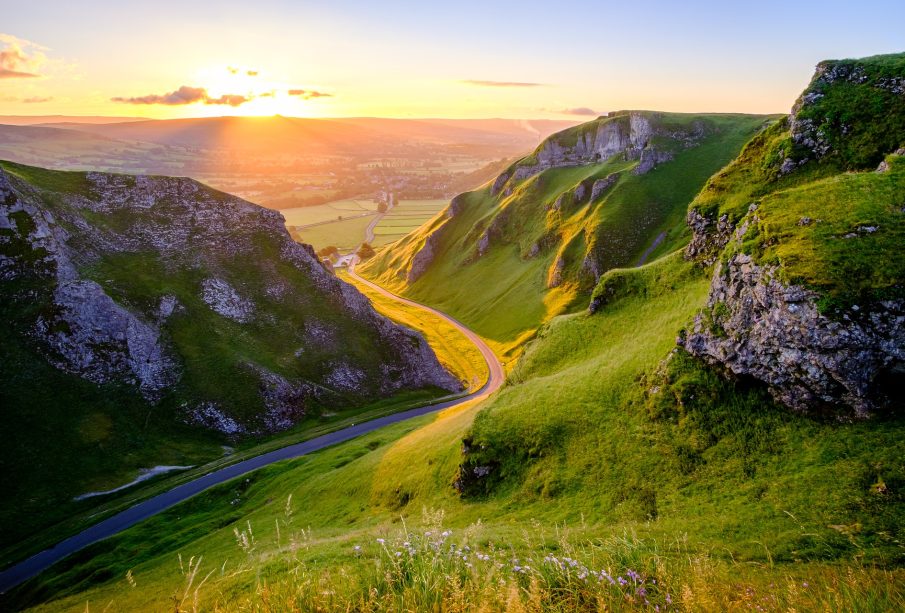The Natural Beauty and Significance of the Peak District

Introduction
The Peak District National Park, designated in 1951, holds significant historical and ecological importance as the first national park in the UK. It spans over 1,400 square kilometres across Derbyshire, Yorkshire, and Staffordshire, attracting millions of visitors each year. Known for its stunning landscapes, diverse wildlife, and rich cultural heritage, the Peak District serves as a vital green space for recreation, conservation, and education.
Ecological and Cultural Importance
The Peak District is renowned for its impressive geology, featuring gritstone edges, limestone dales, and an array of unique flora and fauna. It is home to several Sites of Special Scientific Interest (SSSI), which offer habitats for numerous species, including rare birds and plants. The area’s cultural history dates back to prehistoric times, with ancient rock carvings and remnants of early industries evident throughout the park.
Recent Developments and Events
As part of ongoing efforts to promote sustainable tourism, the Peak District National Park Authority has recently introduced new initiatives aimed at managing visitor numbers and protecting its delicate ecosystems. In the wake of the COVID-19 pandemic, which increased domestic tourism, the authority has worked to enhance visitor facilities and improve the condition of trails and footpaths. Recent conservation projects have focused on restoring peatlands and habitat management to benefit local wildlife.
How It Impacts Visitors
The Peak District is a popular destination for outdoor recreation enthusiasts. Recent surveys indicate that activities such as hiking, cycling, and rock climbing have surged in popularity, with many trails and attractions experiencing heightened traffic. The park accommodates a wide variety of interests, from family-friendly walks to challenging climbs at renowned locations like Stanage Edge and Kinder Scout. Furthermore, local businesses benefit from this influx, providing accommodation, food, and guided tours, thereby supporting the regional economy.
Conclusion
The Peak District National Park continues to be a vital resource for both nature lovers and the local economy. As the park adapts to the increasing demand for outdoor activities, it remains essential for visitors to respect the environment and contribute to its preservation. Looking ahead, sustainable practices will be crucial in maintaining this natural treasure, ensuring its beauty and biodiversity are protected for generations to come. Whether you’re a hiker, a historian, or simply seeking solace in nature, the Peak District promises an enriching experience.









